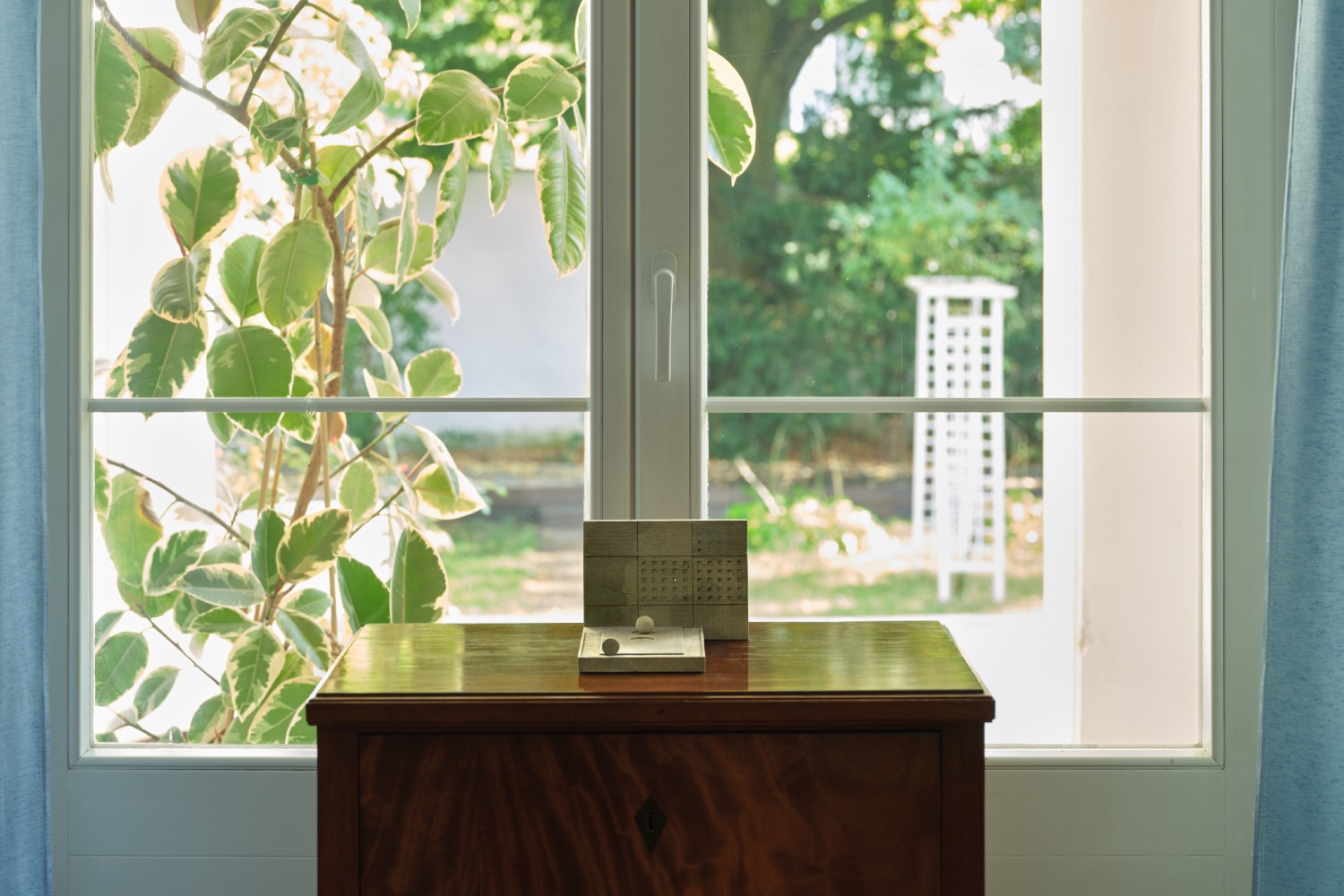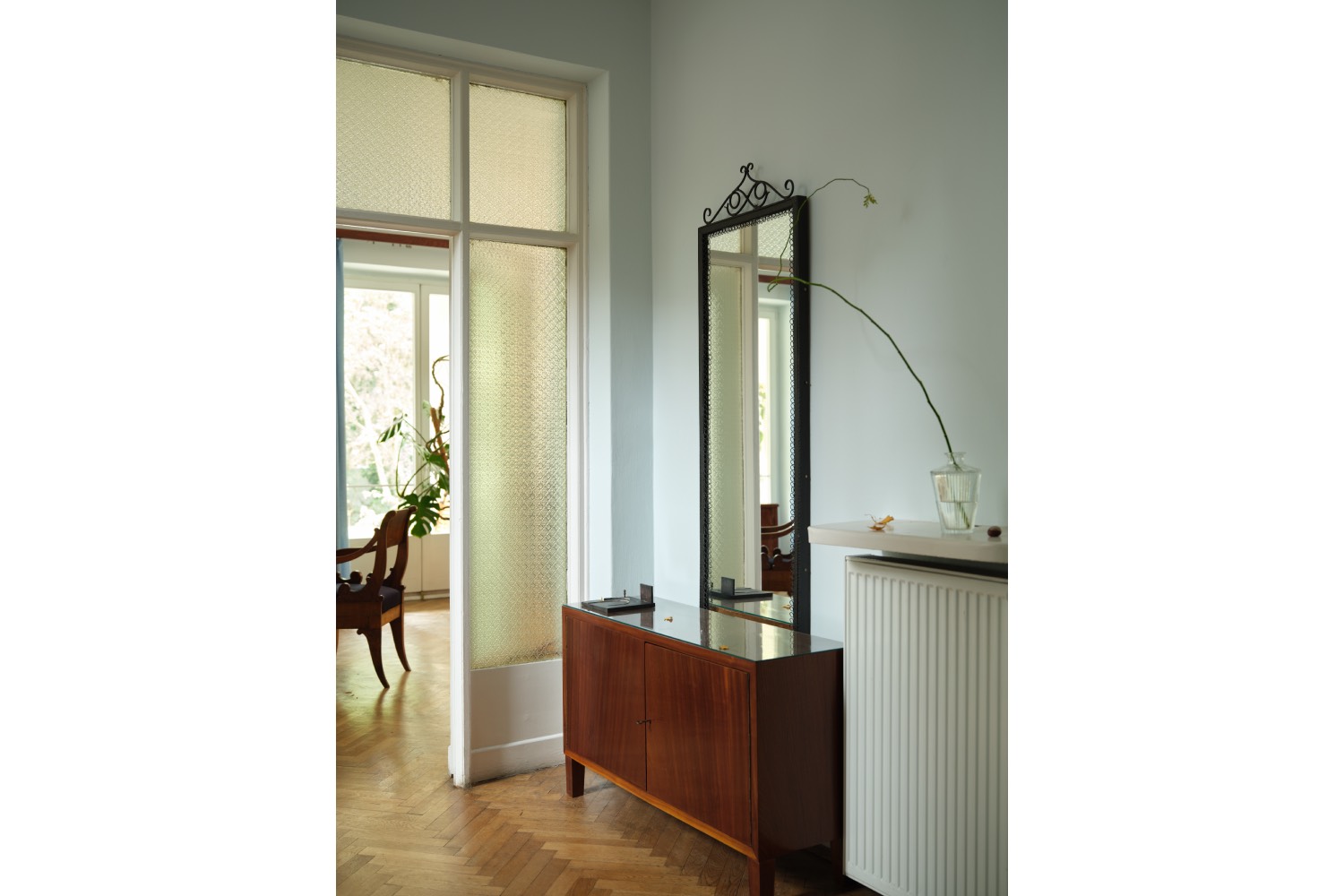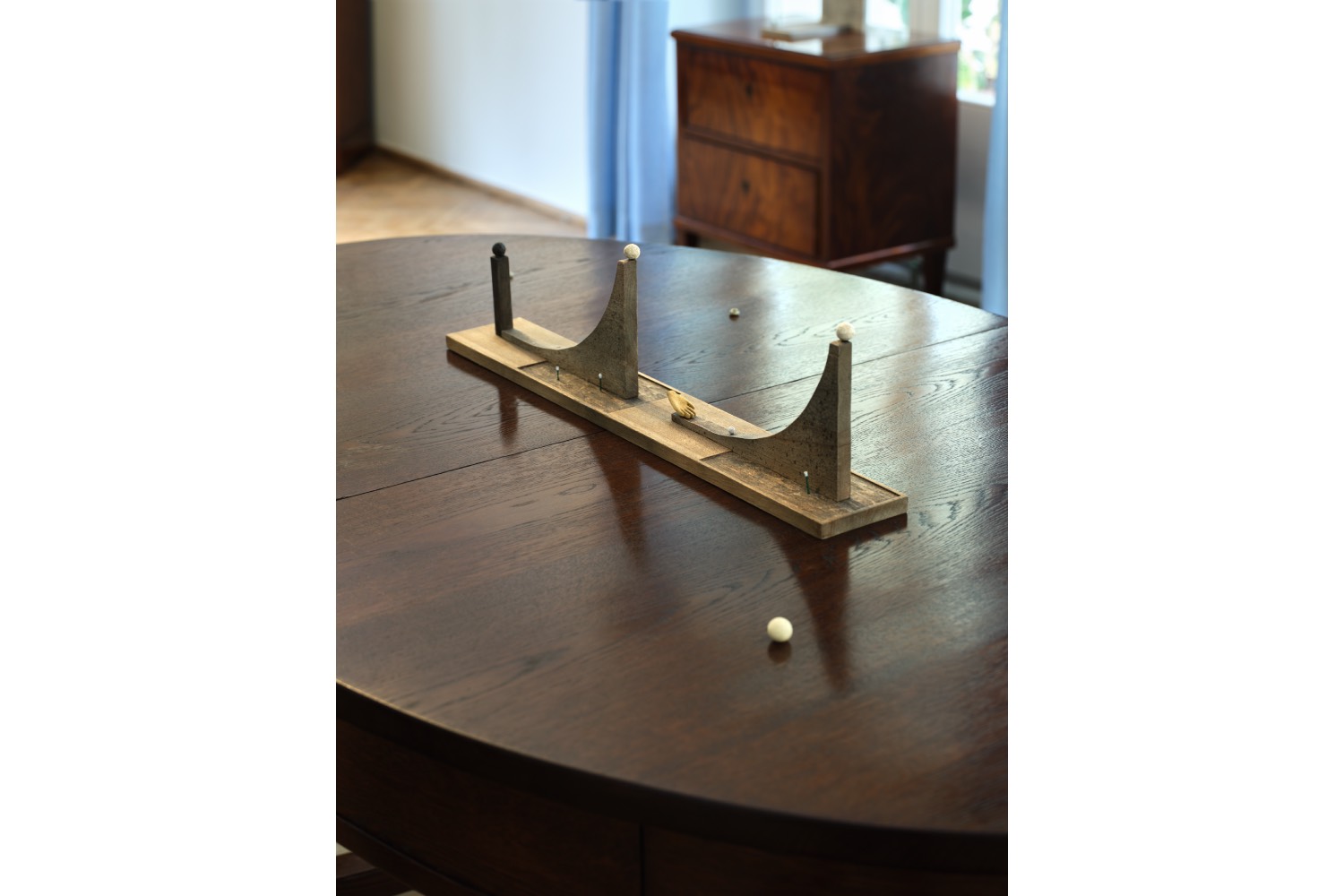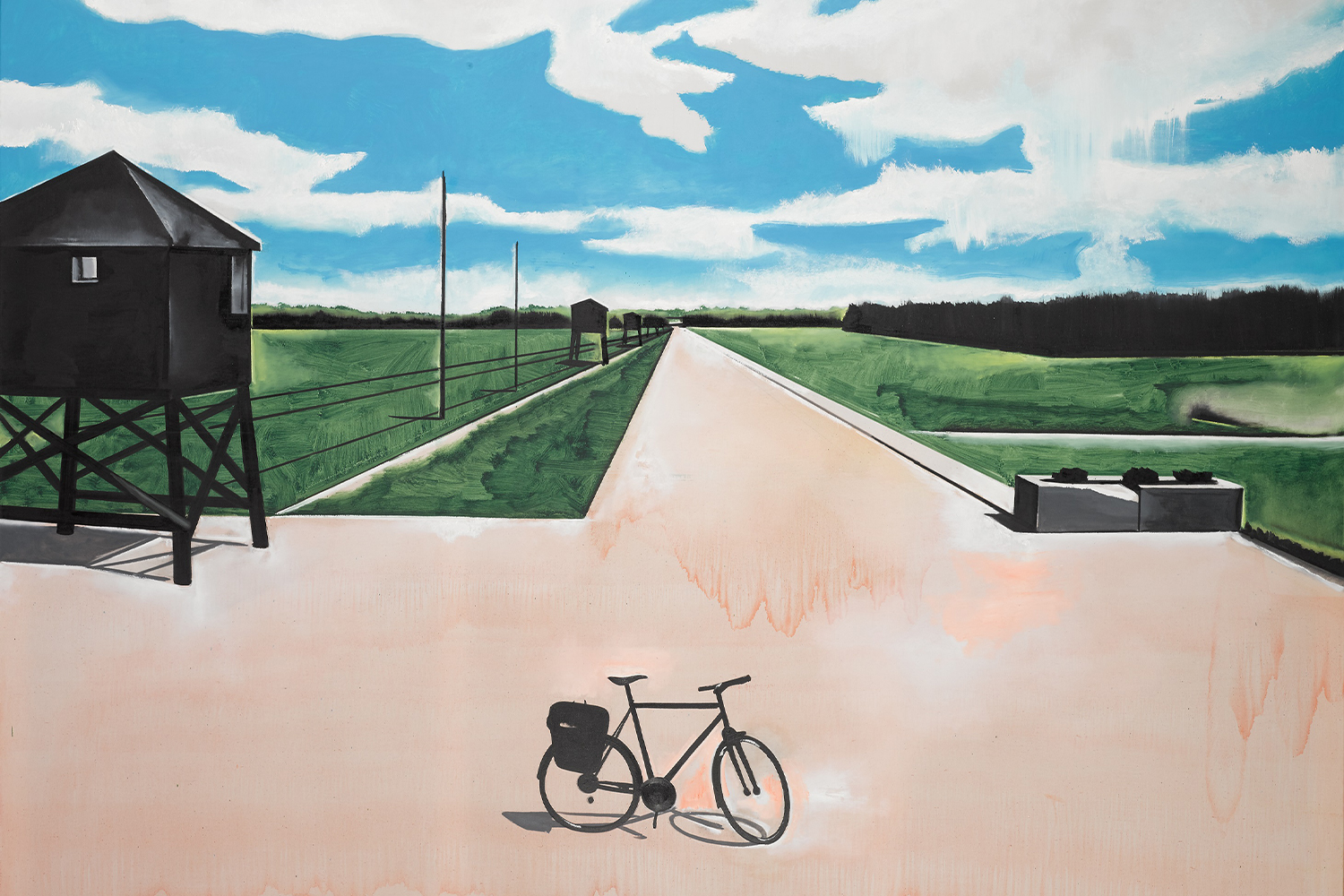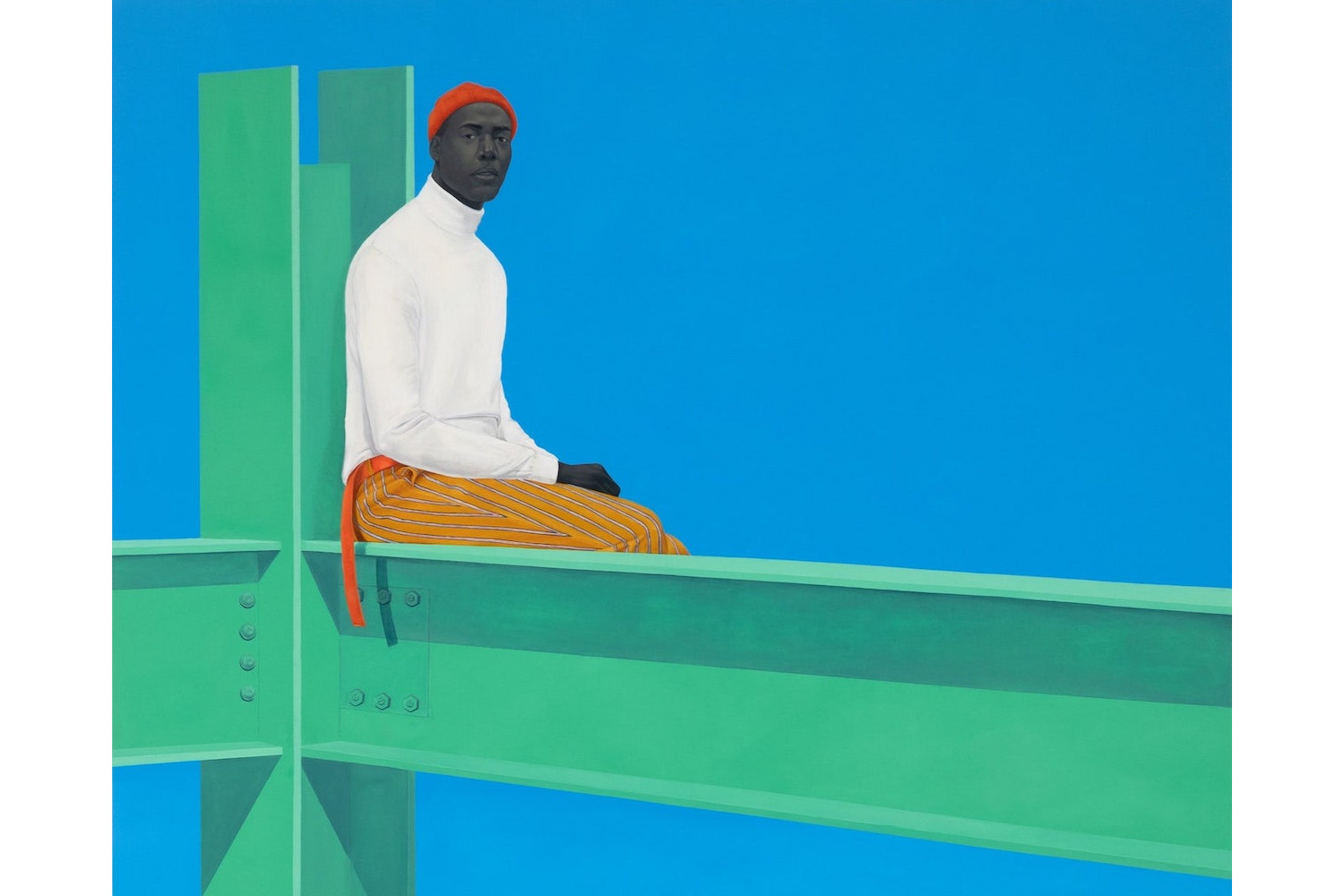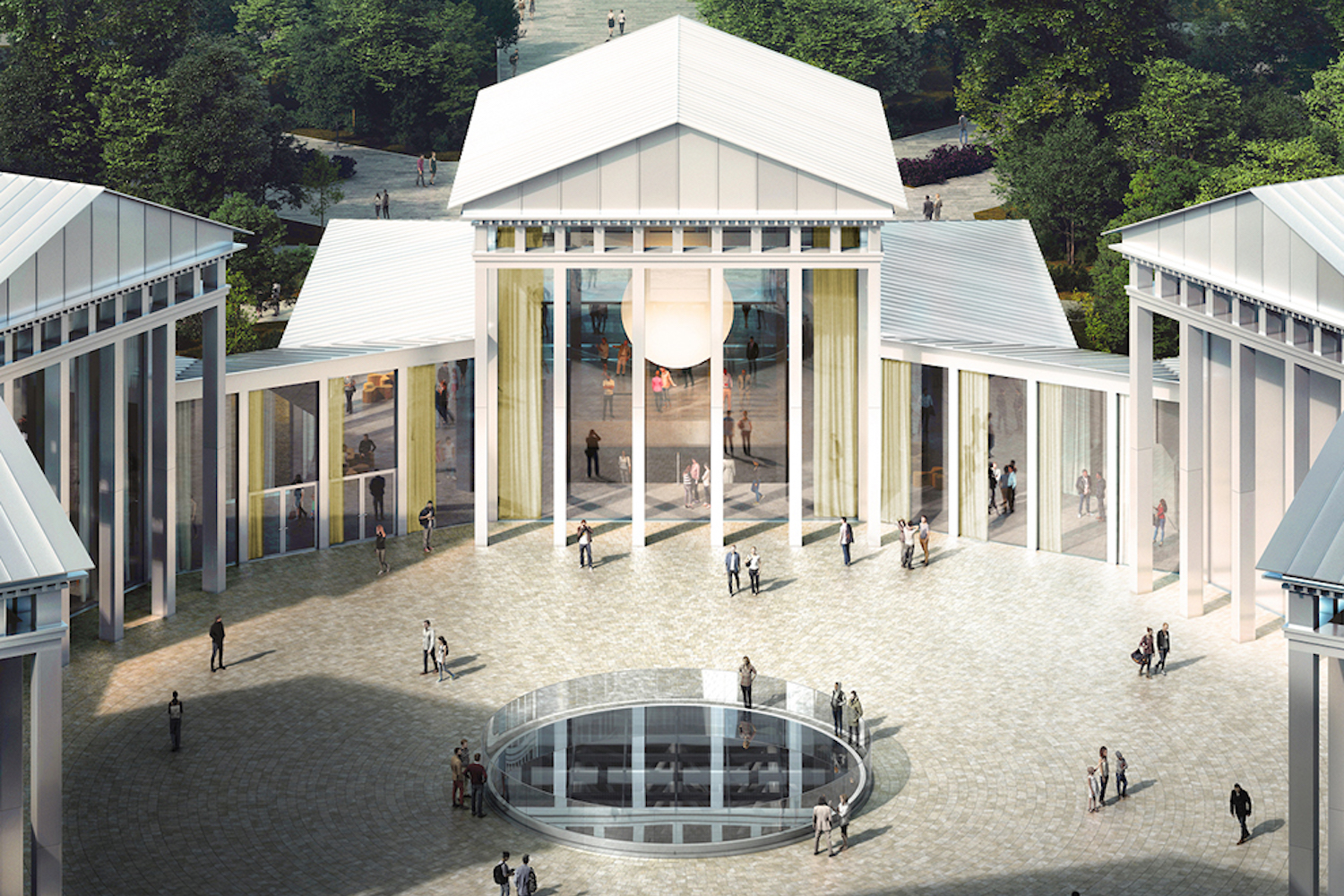The exhibition “Some Other Times” by Japanese artist Kenji Ide was organized by the Polish gallery Wschód as part of the Warsaw Gallery Weekend, one of the largest contemporary art festivals in Central and Eastern Europe. The exhibition’s setting stands in stark contrast to the typical spaces of contemporary art galleries, where Ide’s minimalist sculptures are usually displayed. Instead, his works have been placed within a historical house-museum, away from the bustling city center. This interaction between Ide’s minimalist aesthetic and a poet’s furnished home opens a new perspective to interpret both the artist’s work and the space where it is presented.
In the quiet Warsaw district of Old Mokotów, among early twentieth-century mansions and leafy trees, stands the museum of Polish poet Władysław Broniewski. This two-story building was his final residence. When visitors cross the threshold they are immediately enveloped in a subtle, slightly bitter aroma of a bygone era, stepping unconsciously into an elusive game of time and space – both visible and intangible. What they see is a silent, ancient interior, long deserted by its inhabitants, but the memory of their presence is still in the air. And yet, where is Kenji Ide’s art here? Slowly, as the visitor becomes accustomed to the silence, minimalist sculptures begin to subtly emerge, like treasures hidden under autumn leaves – on lacquered furniture surfaces, creaky steps, windowsills overlooking the garden, in the folds of vintage textiles. The choreography of the exhibition begins in the spacious living room, a public space. From there the visitor goes up the stairs to a completely intimate area – the poet’s bedroom.
It is clear that the artist’s intention was to create works that would connect to the figure of Władysław Broniewski. But is it possible to build a dialogue between a poet and an artist from entirely different cultures and times? Kenji Ide implies a method of layering realities, as seen through the lens of their time. However, he did not rely on poetic texts to find meaningful coincidences, nor did he immerse himself in the poet’s thoughts or allow his ideas to flow through him. Instead, Kenji drew inspiration from Broniewski’s biography, focusing on episodes that resonated with his own experiences. For Kenji, family holds particular importance, especially his relationship with his children, as does the solitary creative journey — whether wandering the streets of Tokyo or following peculiar loops of thoughts spiraling in his mind in search of ideas — a metaphor for freedom. These elements form a bridge between the poet’s and the artist’s works. Despite the different mediums, Broniewski’s direct, emotional poetry and Ide’s minimalist sculptures share a common root: the desire to convey complex emotions through a restrained form.
Kenji Ide’s sculptures, composed of simple modular elements, are deeply rooted in Japanese aesthetics, natural forms, asceticism, and balance. At their core lies a profound engagement with materiality and emptiness. Ide’s work emphasizes the material qualities of objects – their texture, weight, and placement in space. He urges the viewer not only to observe the object but also to consider its physical presence and the sensations it elicits. Made from simple materials such as wood, paper, and concrete, the sculptures are often complemented by found objects — coins, plastic fragments, and stones — bridging the everyday with the poetic. As if casually left behind, they balance meaning, emptiness, and silence. The tactile qualities of these works, their physicality, invite contemplation and create a visual poetry that harmonizes with the rhythms of the surrounding space. The small, architectural forms of the sculptures encourage the viewer to pause, reflect, and engage in an internal dialogue, imagining themselves scaled to the dimensions of these objects.
Emptiness is central to Ide’s minimalist aesthetic, and he masterfully incorporates it into his sculptures. The spaces between objects are just as significant as the objects themselves, creating a balance that allows each piece to exist in perfect harmony with its surroundings. In the Broniewski Museum, this balance is enhanced by the house’s minimal furnishings. Ide has subtly rearranged some elements, guided by his own logics of functionality, yet the overall austerity of the space remains untouched. This dialogue between the artist’s minimalist vision and the poet’s historic furniture, between object and emptiness, offers the viewer a unique contemplative experience.
One of the most striking aspects of the exhibition is how it encourages viewers to constantly shift their focus from the overall atmosphere of the house to the restrained world of Ide’s miniature sculptures. This shift in perspective invites a meditative state, where imagination and personal interpretation take center stage. This effect is heightened by the subtle surrealism present in Ide’s works. His sculptures evoke comparisons to the enigmatic worlds of René Magritte and Giorgio de Chirico, where the familiar becomes strange and magical through careful manipulation of space, form, plans, and repetition.
Kenji Ide’s exhibition at the Vladislav Broniewski Museum invites visitors into a world where time and space converge. His sculptures, with their quiet, delicate presence and thoughtful placement, create a space for reflection, encouraging each viewer to connect with their own memories of a bygone time. This minimalist approach, intertwined with the museum’s rich cultural and historical context, evokes a deep meditation on the nature of existence – both physical and poetic.

